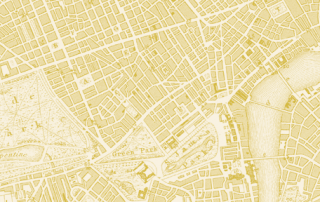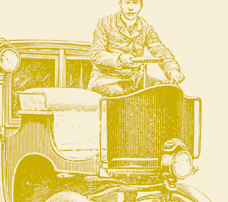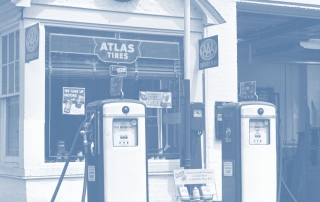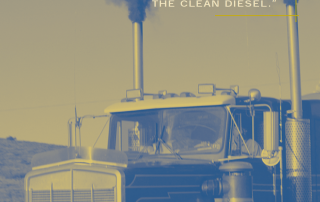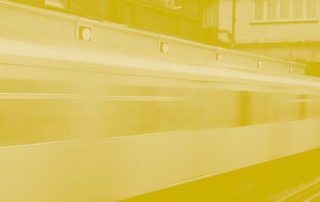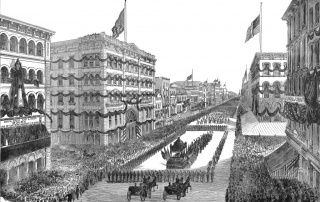ACCESS 19, Spring 2001
Comment: Transportation and the Environment
Elizabeth Deakin
Talk about transportation and the environment, and most engineers and planners will tick off a long list of concerns: air pollution, water pollution, noise, petroleum consumption, community disruption, habitat loss. Since the 1970s, a variety of federal and state laws has aimed to minimize harm done to the environment by transportation programs. The benefits have been significant.
Probably the greatest success has been the reduction of air pollutants. Today’s cars produce only a small fraction of the pollutants their predecessors emitted. Almost all the reduction is due to legally mandated emissions control technologies on new cars. Even with massive growth in auto ownership and vehicle-miles traveled, most cities exceed pollution limits only a few days a year.

